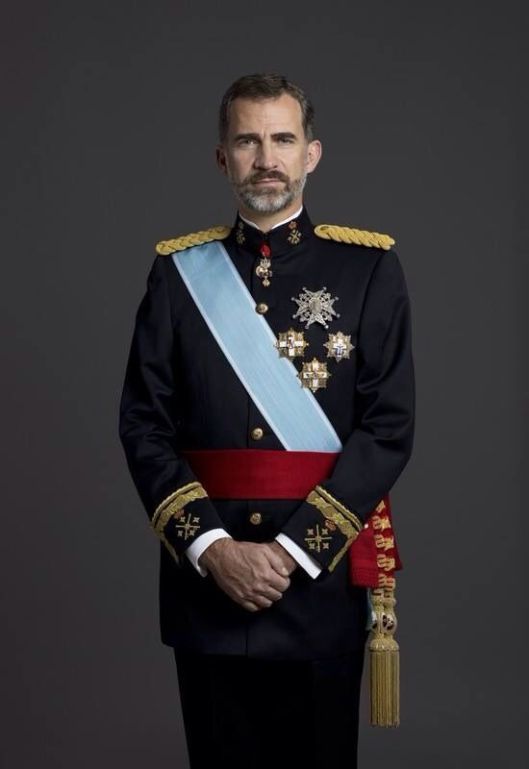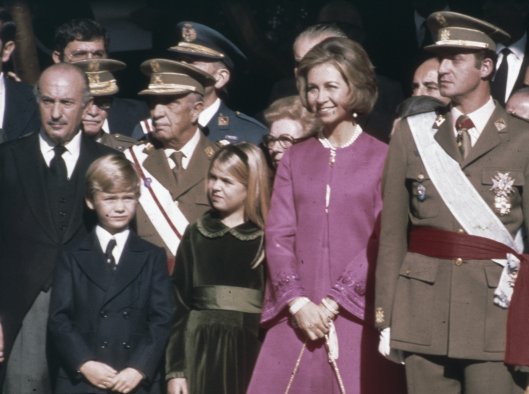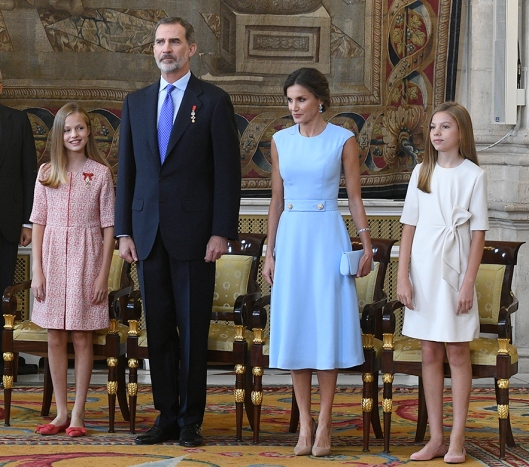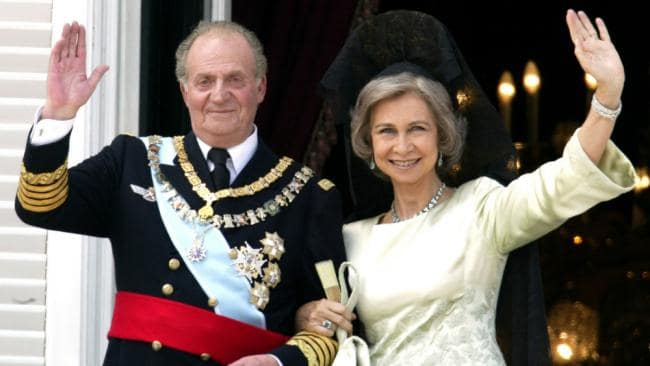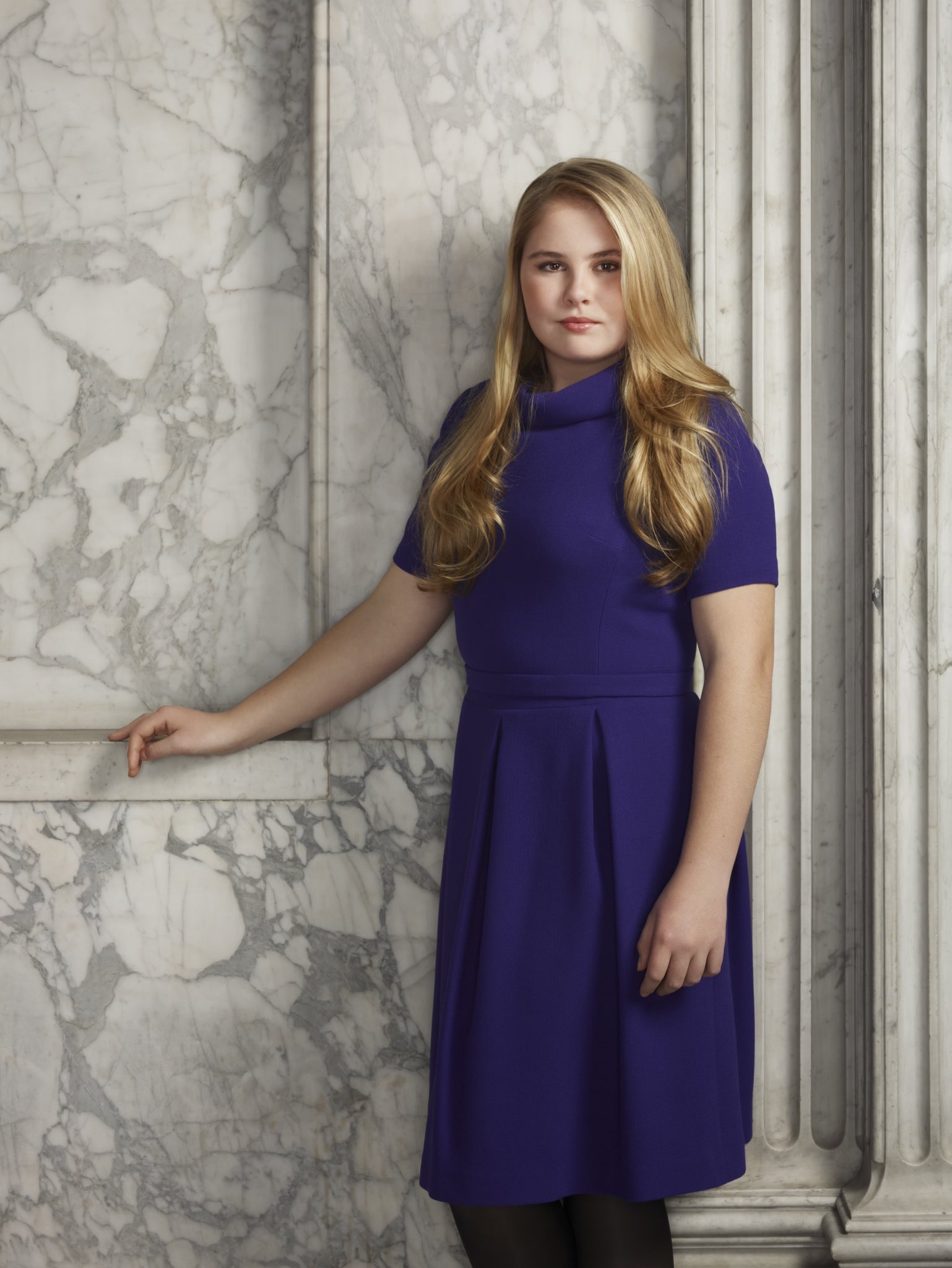Tags
Archduchess Maria Carolina of Austria, Archduchess Maria Theresa of Austria, Croatia, Duke of Aosta, Duke of Lorraine, Duke of Montpensier, Duke of Seville, Holy Roman Emperor Franz I, House of Orléans, Hungary, Infanta María Isabella of Spain, Infante Enrique of Spain, King Carlos IV of Spain, King Felipe VI of Spain, King Fernando VII of Spain, King Francis I of the Two Sicilies, King Juan Carlos of Spain, King Louis-Philippe of France, Maria Amelia Teresa of the Two Sicilies, Maria Christina of the Two Sicilies, Maria Luisa of Bourbon-Parma, Prince Amadeo of Savoy, Prince Antoine of Orléans, Queen of Bohemia
Prince Antoine of Orléans, Duke of Montpensier (July 31, 1824 – February 4, 1890), was a member of the French royal family from the House of Orléans.
HRH Prince Antoine Marie Philippe Louis d’Orléans was the youngest son of King Louis Philippe of France and his wife Maria Amelia Teresa of the Two Sicilies, the tenth of eighteen children of King Ferdinand I of the Two Sicilies and Archduchess Maria Carolina of Austria.
Prince Antoine’s grandmother, Archduchess Maria Carolina of Austria, the thirteenth child of Holy Roman Emperor Franz I, former Duke of Lorraine and his wife Archduchess Maria Theresa of Austria, Queen of Bohemia, Hungary and Croatia in her own right.
Prince Antoine was styled as HRH The Duke of Montpensier. He was born on July 31, 1824 at the château de Neuilly and died February 4, 1890 at Sanlúcar de Barrameda, Spain.
On October 10, 1846 at Madrid, Spain, he married Infanta Luisa Fernanda of Spain, the daughter of King Fernando VII of Spain and his wife Maria Christina of the Two Sicilies, the daughter of King Francis I of the Two Sicilies by his second wife, Infanta Maria Isabella of Spain, the youngest daughter of King Carlos IV of Spain and his wife Maria Luisa of Bourbon-Parma.
Prince Antoine, Duke of Montpensier and Infanta Luisa Fernanda of Spain had ten children (one stillborn in 1857):
1. Maria Isabel (1848–1919), who married her first cousin Philippe, comte de Paris (1838–94), the French claimant, and became known as Marie Isabelle, comtesse de Paris. She had several children.
2. Maria Amelia (1851–1870)
3. Maria Cristina (1852–1879)
4. Maria de la Regla (1856–1861)
5. Fernando (1859–1873)
6. Mercedes (1860–1878), otherwise Princess Marie des Graces d’Orleans-Montpensier, who married her first cousin Alfonso XII and is historically known as Mercedes of Orleans, Queen of Spain. No children.
7. Felipe Raimundo Maria (1862–1864)
8. Antonio (1866–1930), became Duke of Galliera in Italy. He married his first cousin Infanta Eulalia of Spain (1864–1958), daughter of Queen Isabella II, and had two sons.
9. Luis Maria Felipe Antonio (1867–1874)
Candidate for the Spanish throne
Prince Antoine de Montpensier lived in Spain from 1848 when he and his family had to leave France after the Revolution of 1848. During the Spanish revolution of 1868, he supported the insurgents under Juan Prim against Queen Isabel II, his own sister-in-law.
In 1870 he fought a duel against Infante Enrique, Duke of Seville, the brother of King Francisco of Spain, and killed him.
Infante Enrique, Duke of Seville was the grandson of King Carlos IV of Spain and his wife, Princess Luisa Carlotta of the Two Sicilies (1804–1844), who was the daughter of Francis I of the Two Sicilies and Infanta Maria Isabella of Spain.
Infante Enrique of Spain became the first Duke of Seville in 1823. He was known for his progressive, even revolutionary, ideas during the reign of his double first cousin and sister-in-law, Queen Isabella II of Spain.
Between 1869 and 1870, Enrique published several pamphlets and articles hostile to his cousin, Antoine, Duke of Montpensier for the duke’s alleged aspirations on the Spanish throne. Enrique challenged Montpensier to a duel, which took place near La Fortuna in Leganés, Madrid, on March 12, 1870. Enrique was shot and killed, removing him as a public critic of the Duke of Montpensier.
Prince Antoine, Duke of Montpensier was convicted and sentenced to one month in prison.
Enrique’s eldest son, Enrique de Borbón y Castellví, 2nd Duke of Seville, refused to accept the 30,000 pesetas that the Duke of Montpensier offered as compensation.
Enrique, who was no longer an Infante of Spain, could not be buried in El Escorial, but was buried in the Saint Isidore Cemetery, in Madrid.
After the marriage of Queen Isabella II of Spain and his brother, Infante Francisco de Asís, Infante Enrique went into a self imposed exile into Belgium. While in France, Infante Enrique several times proclaimed himself a revolutionary, and was asked to join the International Workingmen’s Association.
On May 13, 1848 he was stripped of his Royal Rank and titles (his children, being born of a morganatic marriage to, Elena María de Castellví y Shelly, were untitled). In 1849 he asked the Queen’s forgiveness in order to return from exile. Enrique’s ducal title was restored, but not the title and style of HRH Infante of Spain.
On November 16, 1870 the Cortes voted for the next king and chose Prince Amadeo of Savoy, Duke of Aosta, with 191 votes.
Prince Amadeo of Savoy, Duke of Aosta was the third child and second son of King Victor Emmanuel II of Sardinia, who would later become the first King of a unified Italy, and of Archduchess Adelaide of Austria, daughter of Archduke Rainer of Austria and his wife Princess Elisabeth of Savoy. Prince Amadeo was granted the hereditary title of Duke of Aosta from birth.
Prince Antoine only received 27 votes, and left Spain, only to return in 1874. His ambitions were fulfilled by his daughter Princess Mercedes of Orléans, who became Queen of Spain after her marriage to King Alfonso XII, son of Queen Isabella II. However, she died at the age of 18 without issue.
Despite never reaching the throne, however, through cognates, he is an ancestor of all Spanish monarchs since Juan Carlos I. His great granddaughter Mercedes, Countess of Barcelona, was the mother of King Juan Carlos of Spain who assumed the throne in 1975 and later abdicated in favor of his son, King Felipe VI of Spain in 2014.
Early collector of photography
The Duke of Montpensier was an early collector of photography. His collection consisted of dozens of albums and hundreds of early photographs, mainly of Spanish, French and British photographers. The collection was dispersed after his death.



